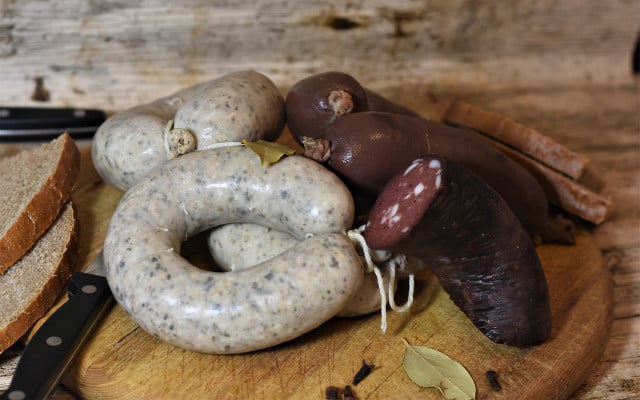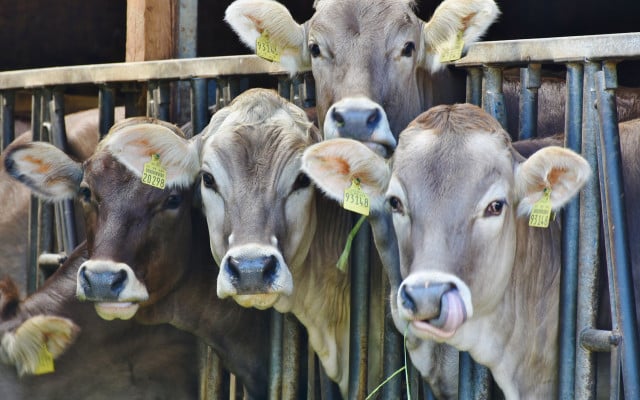The idea behind nose-to-tail eating is to show respect and gratitude to an animal killed for food by using as many body parts as possible instead of letting them go to waste. We’ll look at how this works and why even this approach remains ecologically problematic.
What Does Nose-to-Tail Eating Mean?
Supporters of the nose-to-tail concept emphasize that we should use as many parts of an animal as possible — preferably from “head to tail”. However, many American meat-eaters are conditioned to only want the noble parts of animals such as loin, leg, or back.
According to David Beriss, President of the Society for the Anthropology of Food and Nutrition, steak has become the symbol of American success. Unlike earlier generations, Americans today don’t typically think of offal as something you have to eat if you can afford better. Many don’t even know that certain organs are edible.
Nowadays, it isn’t easy to find animal parts such as heads, feet or offal in commercial stores at all. If you want it, you’ll have to go directly to the source, like a farmer or butcher. The animal parts are either made into dog food or exported to countries like Mexico and China, where nose-to-tail eating is nothing is quite common.
Common Nose-to-Tail Eating Recipes

In many countries, using the whole animal is second nature, and there is no stigma or taboo attached to it. For Americans, eating things like offal, tongue, heads, and tails was much more common in the past. That’s why they’re mainly found as ingredients in old, traditional recipes when nose-to-tail eating was normal. However, there has been an ‘offal revival’ of sorts, and less popular animal parts are starting to show up on menus again, such as:
- blood sausage
- rocky mountain oysters
- liver and onions
- oxtail coup
- chicken liver pâté
- grilled bone marrow
Nose-to-Tail Eating: A Problematic Trend



The idea of nose-to-tail eating certainly has sustainable aspects. However, it doesn’t negate the problematic carbon footprint of animal products. The production of animal products such as meat, milk, and cheese waste valuable resources: according to the WWF, it takes 144 gallons of water to produce 1 gallon of milk, and one US dairy cow eats 100 pounds of feed per day.
Animal feed is usually imported, which means it must be transported over long distances, leading to high levels of CO2 emissions. On top of that, cattle also produce methane, a greenhouse gas that traps roughly 30 times the amount of heat as carbon dioxide, making them particularly harmful to the environment.
Conventional animal husbandry doesn’t have a good reputation, and with reason: it suppresses the basic needs of the animals. They suffer from lack of space, diseases, injuries and often even endure torturous transports before slaughter.
If you aren’t ready to go vegan or vegetarian, you can still support species-appropriate animal husbandry by eating meat less frequently and buying only from sustainable, high-quality sources. To try nose-to-tail eating, buy only local and organic animals.
This article was originally published by Luise Rau.
Important Information regarding Health-related Topics.
** Links to retailers marked with ** or underlined orange are partially partner links: If you buy here, you actively support Utopia.org, because we will receive a small part of the sales proceeds. More info.Do you like this post?






